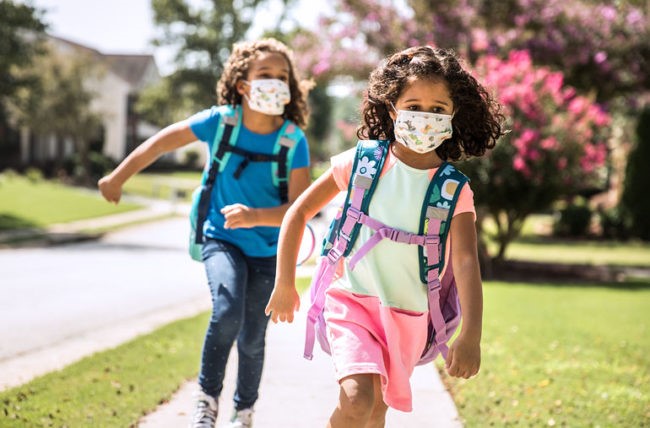- neogeetanjalischools@gmail.com
- +91-7386664873
NEO PRIMARY – Primary Year Programme
Education is not the learning of facts, but the training of the mind to think.
(Primary Year Programme) curriculum framework begins with the premise that students are agents of their own learning and partners in the learning process. It prioritizes people and their relationships to build a strong learning community.
Core Values – Respect, Responsibility, Kindness, Integrity, The courage to Act
PYP in NEO PRIMER is the blended learning of creativity and understanding with fun and frolic. The PYP program challenges every individual student and nurtures academic rigor that develops a growth mindset. Our program supports the view that students learn best when the learning is authentic, trans disciplinary, and relevant to the real world; where the learning is not confined within the boundaries of traditional subject areas but is supported and enriched by them. Experiential learning is an integral part of our curriculum that nurtures the passion for learning, leaving students to explore and understand concepts and build knowledge. The curriculum is spiralling and aligned vertically and horizontally, where learning is spread over time focusing on learning from the past while reimagining and remaining open to future innovations.
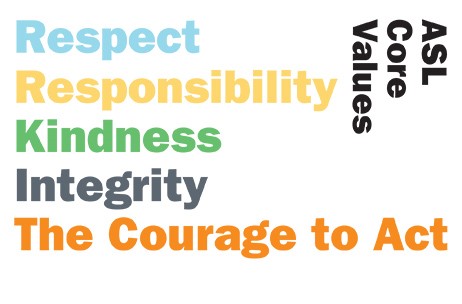
Objectives
The main objective of elementary education in India in the present and for the future is to develop the children to become highly literate so that they can utilize the information they have learned and the knowledge they have gained effectively. It also hopes to enable children to be able to communicate effectively and make informed decisions so that they can adapt to the various changes taking place in the world.
The PYP focuses on the development of the whole child as an inquirer, both in school and in the world beyond. It offers a transformative experience for students, teachers and whole school communities and delivers excellent outcomes by providing an education that is engaging, relevant, challenging and significant.

Aim of NEO PRIMER
- It aims to give the learner an individual identity.
- It aims to foster the all-round development of all learners.
- It aims to facilitate the harmonious and successful development of the children.
- It aims to make the children ready for future responsibilities, experiences, and opportunities in adult life.
- It aims to foster the spiritual, moral, cultural, mental, and physical development of learners in school and society.
- It highlights the acquisition of basic reading, arithmetic, and literacy skills.
- It aims to inspire and enhance the development of life skills of the learners so that they can be responsible citizens.
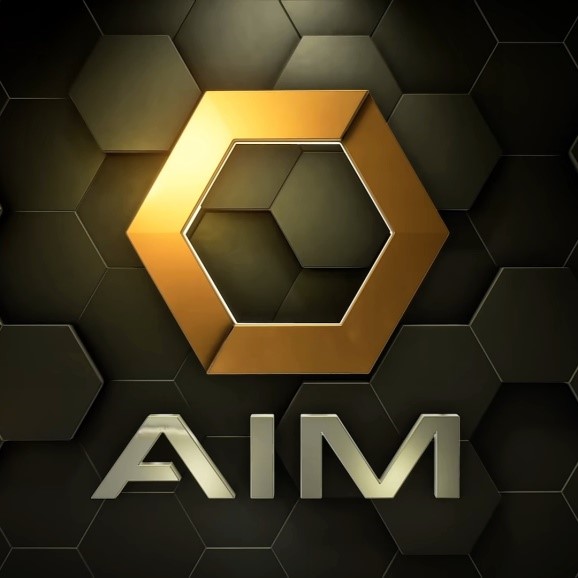
Curriculum
- Core Curriculum – English, Hindi, Telugu, Math, EVS.
- Foundation Curriculum – Information Technology, Art & Craft, Martial Art, Gymnastic, Skating, Physical Education, Music & Dance.
Core Curriculum
Languages –
Reading
- Blend and segment sounds in spoken, one-syllable words (e.g., cat=/k/ /a/ /t/)
- Know two letter combinations that make a new sound (e.g., sh, th, ph, ch)
- Read regularly spelled, one-syllable words (e.g., tock, sit, run)
- Use understanding that syllables must have vowel sounds to determine the number of syllables in words (e.g., back/pack)
- Know final -e rule and common vowel teams (e.g., oo, ea)
- Read words with inflectional endings (e.g., -s, -es, -ed, -ing)
- Read with enough accuracy and fluency to support comprehension
- Identify and retell key ideas, reasons, supporting details and central message
- Identify text features and story structure
- Read and understand grade 1 literature and informational texts
Listening and Speaking
- Follow agreed-upon rules of conversation (e.g., take turns speaking)
- Ask/answer questions to demonstrate understanding of texts read aloud
- Speak in complete sentences when appropriate
Vocabulary
- Determine the meaning of unknown or multiple-meaning words in grade 1 texts
- Sort words into categories (e.g., colors, clothing, spelling patterns)
- Define words by category and key attributes (e.g., a duck is a bird that swims)
- Recognize shades of meaning in vocabulary terms (large vs big)
Writing and Language
- Form upper- and lower-case letters legibly
- Use parts of speech appropriately when writing and speaking
- Use end punctuation (e.g., periods, question marks)
- Spell words with common spelling patterns (e,g., top) and irregular high frequency words (e,g., the)
Math -
- Grade Level Fluencies: Add and subtract within 10
- Geometry
- Reason with shapes and their attributes
- Operations and Algebraic Thinking
- Use addition and subtraction within 20 to solve word problems
- Understand and apply properties of operations
- Add and subtract within 20
- Number and Operations in Base Ten
- Count up to 120
- Use understanding of place value and properties of operations to add and subtract
- Measurement and Data
- Measure lengths using repeated objects as units
- Tell and write time to the nearest half hour
- Recognize and identify coins, their names and their values
- Solve problems representing and interpreting data
EVS -
- Understand and apply scientific concepts related to Physical, Earth, and/or Life Science
- Use scientific equipment to take scientific measurements, including units.
- Recognize that objects have properties that can be observed, described and/or measured (e.g., length, width, volume, size, etc.)
- Make measurements using nonstandard units and standard metric units
- Use scientific inquiry to demonstrate understanding of the scientific process and science concepts.
Foundation Curriculum
Art & Craft
- Make independent decisions guided by the elements/principles of art.
- Develop technical skills, select materials/tools/media to serve creative intent
- Create, observe, explore, identify and discuss artistic concepts connecting to a theme and/or various world cultures.
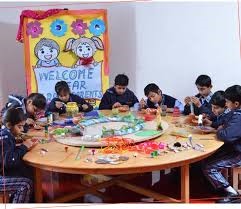
Music
- Maintain tone, pitch, rhythm, tempo and dynamics while playing Guitar or Keyboard.
- Use these instruments to create and perform music.
- Create, demonstrate, interpret and discuss musical ideas such as melody, rhythm, harmony, form and style from various world cultures for a specific purpose.
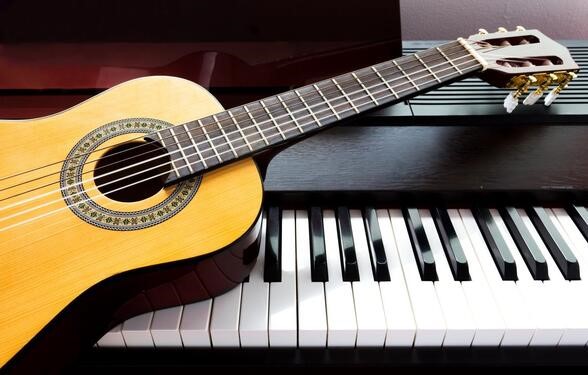
Physical Education
- Perform basic motor and manipulative skills and movement patterns
- Show competence in a variety of physical activities
- Demonstrate safe and responsible personal and social behaviour
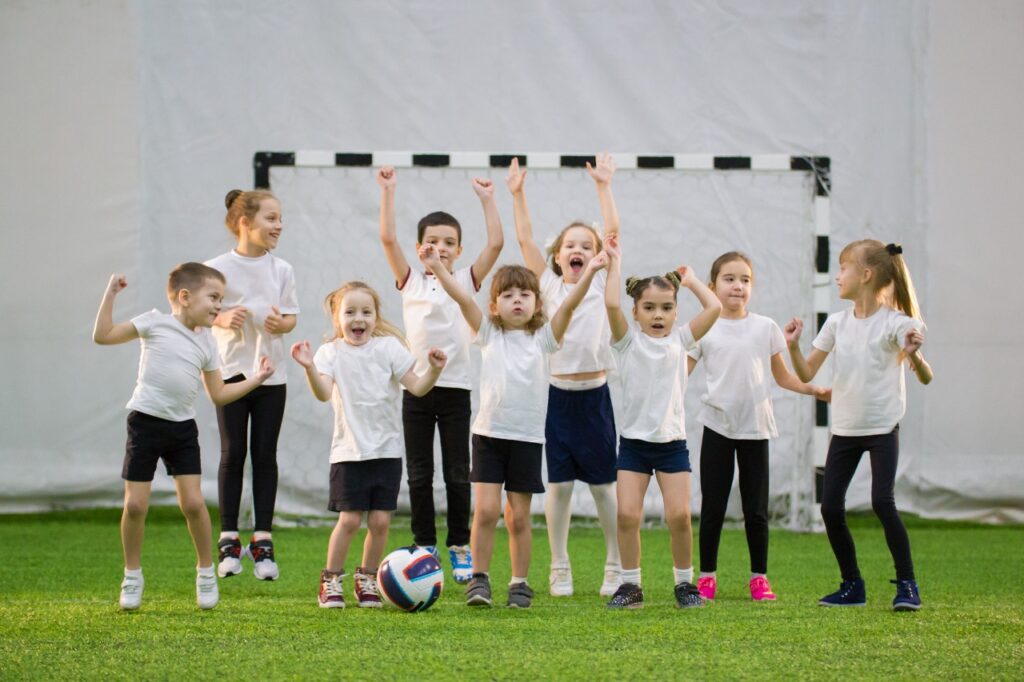
Library
Library Program Our library has a large collection of books in various genres. Students are given many opportunities to go to the library and read. Borrowing books of their choice and talking about them is something that they enjoy most!
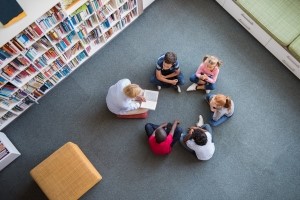
Information Technology
Primary sources can include:
- Interviews, diaries, letters, journals, speeches, autobiographies, and witness statements
- Original hand-written manuscripts
- Art, photographs, films, maps, fiction, and music
- Newspaper and magazine clippings
- Artifacts, buildings, furniture, and clothing
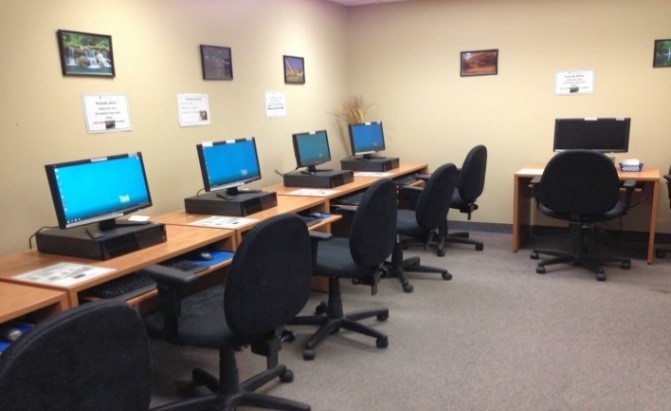
Keep your Child Engaged at Home (HOMEWORK)
The following are simple every day activities you can do at home and in the world to help support what your child is learning during the school day.
Engagement strategies
- Read to your student every day; choose books with rich vocabulary that are about two levels more difficult than your student could read without help. Ask questions about the text.
- Listen to your student read aloud; choose books with simple, easy to sound out words while they are first learning.
- Help your student practice high frequency words using word lists from school.
- Look for patterns and practice sorting words into categories (e.g., shape, colour, size, type).

- Practice sorting assigned spelling words into patterns (e.g., words that end in –at, words that start with sh-).
- Expect your child to write each day; ask him or her to use the strategies being learned in school.
- Practice adding and subtracting within 10 by using flash cards.
- Pose addition and subtraction problems to your child verbally, expecting a quick response.
- Ask your student to name and tell the value of coins.
Assessments are:
- Authentic: It supports making connections to the real world to promote student engagement.
- Clear and specific: This includes desired learning goals; success criteria and the process students use to learn
- Varied: It uses a wider range of tools and strategies that are fit for purpose in order to build a well-rounded picture of student learning.
- Developmental: It focuses on an individual student’s progress rather than their performance in relation to others.
- Collaborative: It engages both teachers and students in the assessment development and evaluation process
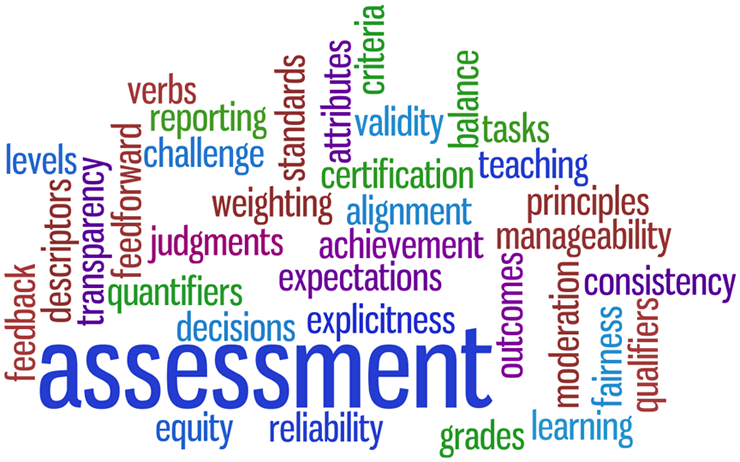
- Interactive: Assessment encompasses ongoing and iterative dialogues about learning.
- Feedback to feedforward: It provides feedback on current learning to inform what is needed to support future learning and raises students’ motivation.
The purpose of assessment is to inform learning and teaching. It involves the gathering and analysis of information about student learning to inform teaching practice.
Image of a Neo Primer as a scholar
Focus on Skills – Able to apply their learning in real- life situations
Purposeful learning – Learning that is significant and relevant to the local and global contexts.
Concept driven – fundamental part of content that we never forget and build new meaningful learning on.
Happy Holistic learners – who are portray the attributes of the Learning Profile- lifelong learners 21st century learners.
